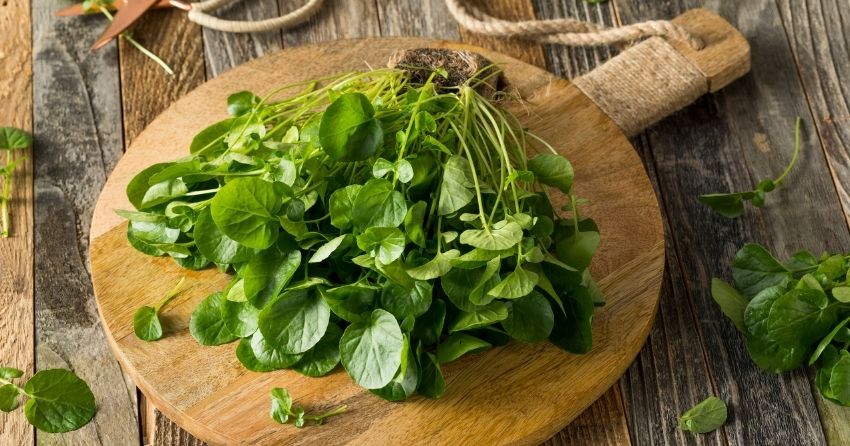Compound in Watercress Reverses Diabetes-Related Kidney Damage

-
The compound phenethyl isothiocyanate (PEITC), found in watercress and some other cruciferous vegetables, reversed kidney problems associated with diabetes in mice.
-
About one-quarter of people with diabetes will go on to develop nephropathy, a gradual loss of kidney function.
-
PEITC may mitigate the kidney damage by targeting multiple pathways, including inflammation, glycation and oxidative stress.
This article was posted on EurekAlert.org:
New research conducted in rats suggests a compound that gives some cruciferous vegetables their pungent taste could help to reverse kidney problems associated with diabetes.
It is estimated that about one-quarter of people with diabetes will eventually develop diabetic nephropathy, a gradual loss of kidney function eventually requiring dialysis. The condition is a leading cause of chronic kidney disease in the U.S. and is also associated with a high risk of heart disease. There is currently no cure.
For the new study, researchers assessed the effects of phenethyl isothiocyanate (PEITC) in rats with diabetic nephropathy. PEITC is found in several types of vegetables but is most concentrated in watercress.
"Our study provides, for the first time, evidence that PEITC might be effective as a naturally occurring agent to reverse serious kidney damage in people with diabetes," said lead study author Mohamed El-Sherbiny, PhD, a postdoctoral fellow at AlMaarefa University in Riyadh, Saudi Arabia. "Our study introduces mechanistic evidence of how PEITC might manage kidney injury associated with diabetes by targeting multiple interconnected pathways involved in diabetic nephropathy, including inflammation, glycation and oxidative status."
El-Sherbiny will present the research at the American Association for Anatomy annual meeting during the Experimental Biology (EB) 2021 meeting, held virtually April 27-30.
Previous studies have suggested sulforaphane, a related compound in cruciferous vegetables, also helps reduce diabetes-associated kidney damage. The new study bolsters the evidence that eating more vegetables containing these compounds could help people with diabetes to stave off kidney problems.
"PEITC seems to manage one of the most serious and painful diabetic complications. Luckily, PEITC is naturally present in many dietary sources, importantly watercress, broccoli, turnips and radish," said El-Sherbiny.
Since the research was conducted in animal models, further studies will be needed to confirm the findings and understand how the results could translate to new treatments or dietary recommendations for people with diabetes.
This research will be presented virtually at the Experimental Biology Conference: (abstract).







